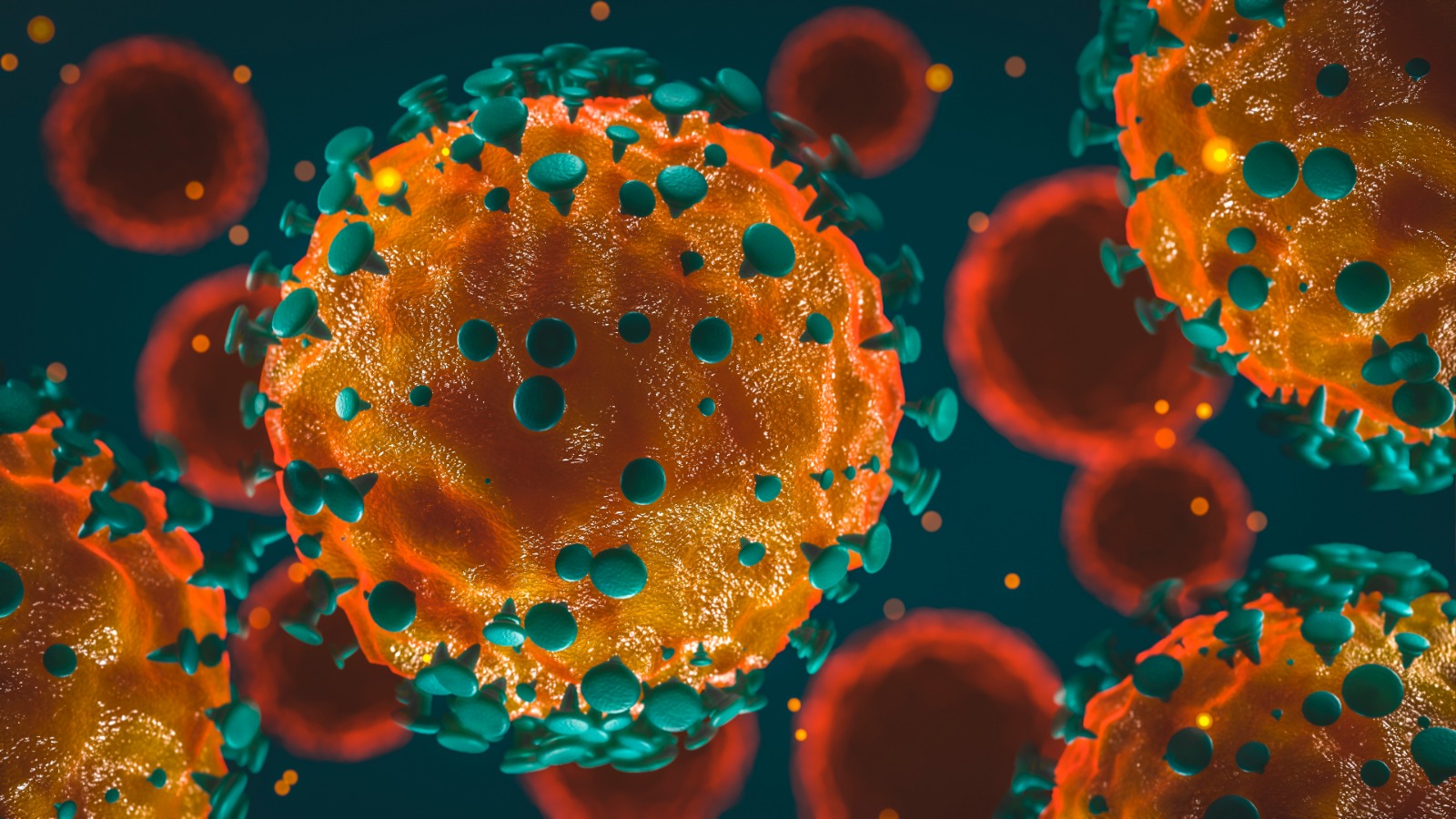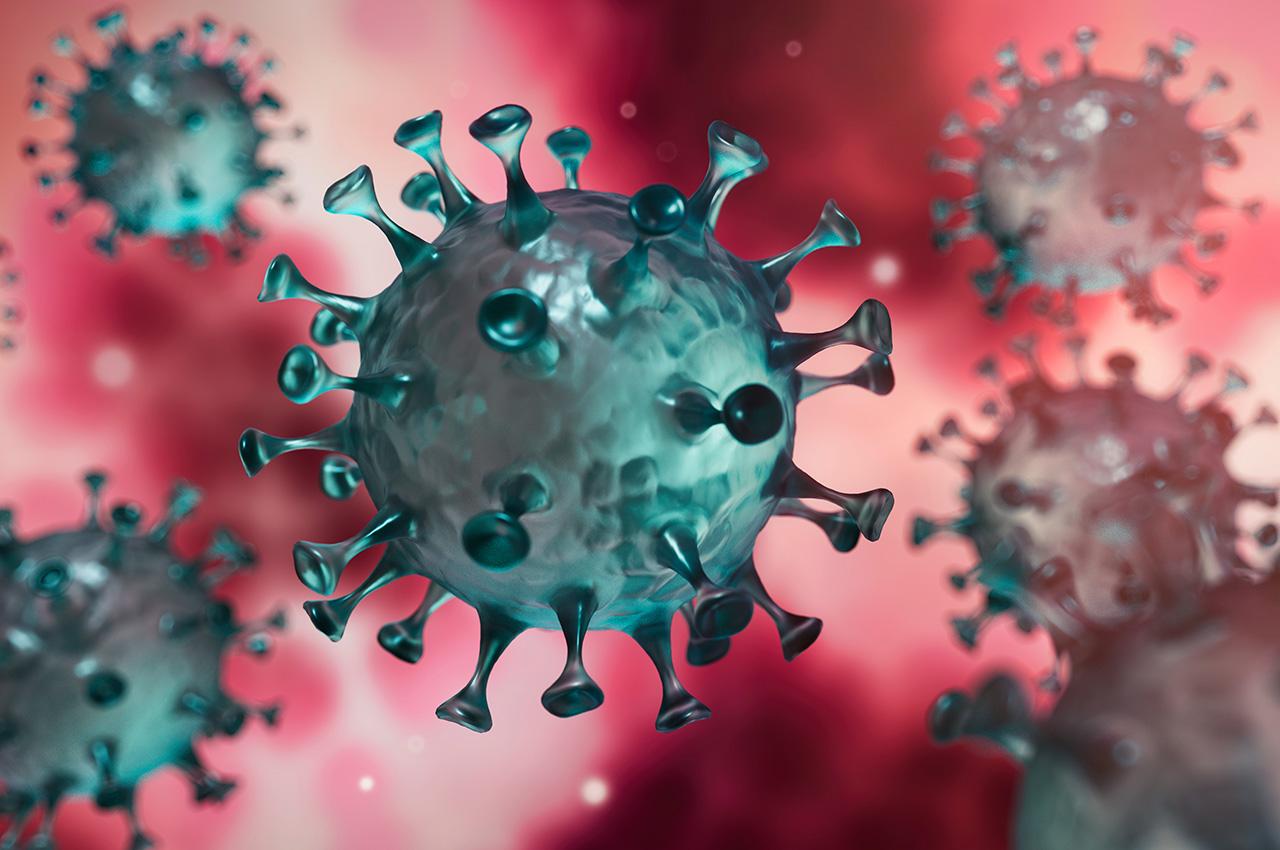The COVID-19 epidemic, which has significant social and economic effects as well as impacts health services and daily life in the world, continues to maintain its effectiveness and place on the agenda, despite vaccines and preventive measures. Sub-species of COVID-19, which are created by passing genetic changes and mutations, are called variants. With mutations that have evolved since the outbreak, many COVID-19 variants have been identified and health practices have been diversified according to their characteristics. The most recent one of these variance is the Omicron variant.

The World Health Organization undertakes important tasks in the determination and organization of health services in the fight against COVID-19 pandemic. Accordingly, measures and investigations are carried out in coordination with international healthcare providers, following the course of pandemic in light of the data obtained on COVID-19. As a result of the mutations COVID-19 has made, the evolving variants are classified by the DSO. In the fight against the outbreak, the variants are named as the world's public opinion and the data required for information, features and ways of fighting are shared.

COVID-19 variants are named after letters used in the ancient Greek alphabet. The first detected variants are Alpha, Beta, Gamma, Lambda, in alphabetical order. It's called Delta and MU. When new detected variance is expected to be named “nu” or “Xi” in the alphabet, the last detected variant is named “Omicron”, which is the next letter in the last detected variant, due to the fact that “nu” is similar to the word “new” in English and that the letter “Xi” is commonly used in their last name.

The Omicron variant, similar to the previously detected Delta and MU variance, emerged from some mutations that caused the change in the structure and reproductive capability of the “spike” proteins that enable the virus to hold onto the target cells. The Omicron variant has become more easily contagious than any other variant, as it causes changes in the spike proteins the vaccines target. Infection of the virus occurs through respiration, contact with patients, and contact with patient body fluids, as at the beginning of the epidemic.
There are concerns that the Omicron variant may lead to a more infectious and severe disease chart than previous versions of the virus. The variant was first detected in South African countries and soon became a dominant virus variant in the region. In cases of Omicron variance seen in South Africa, it has been determined that COVID-19 disease may reoccur in people who have already had the disease. Studies are still in progress showing the virus's ability to make diseases and its relationship with the current health measures. Therefore, it is not possible to provide clear information about the severity, risk of death, resistance to vaccines and infection rate of COVID-19 disease caused by the virus.
COVID-19 vaccination works worldwide continue at full speed. COVID-19’s infection rate varies from region to region, for example, in different ways of preparing vaccines, different degrees of protection, and the rate of vaccination varies from country to country. But enough scientific data on the Omicron variant's ability to make diseases in suspended individuals has not yet been obtained. While the research continues, there is no data from the DSO that the COVID-19 vaccines are ineffective in the Omicron variant. However, researchers warn that mutations detected in the new variant may lead to a decrease in the effectiveness of vaccines, thus a new wave of epidemics may occur.



Comments
Post a Comment